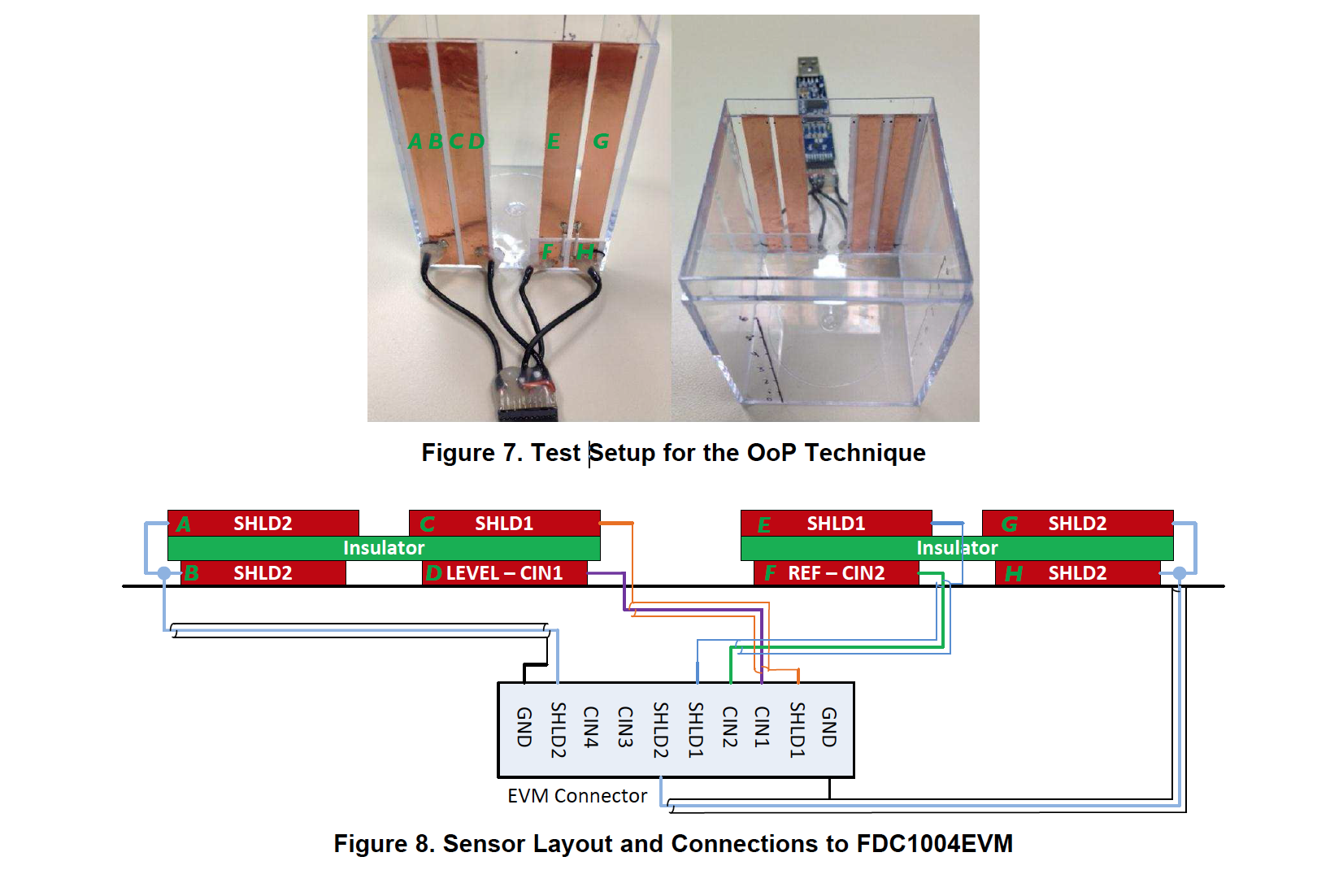This photo (figure 7) does not seem to match the Figure 8 layout. I am expecting them to match. We tried replicating the experiment but did not have success. Can someone please tell me where the discrepancies lie? 
-
Ask a related question
What is a related question?A related question is a question created from another question. When the related question is created, it will be automatically linked to the original question.


